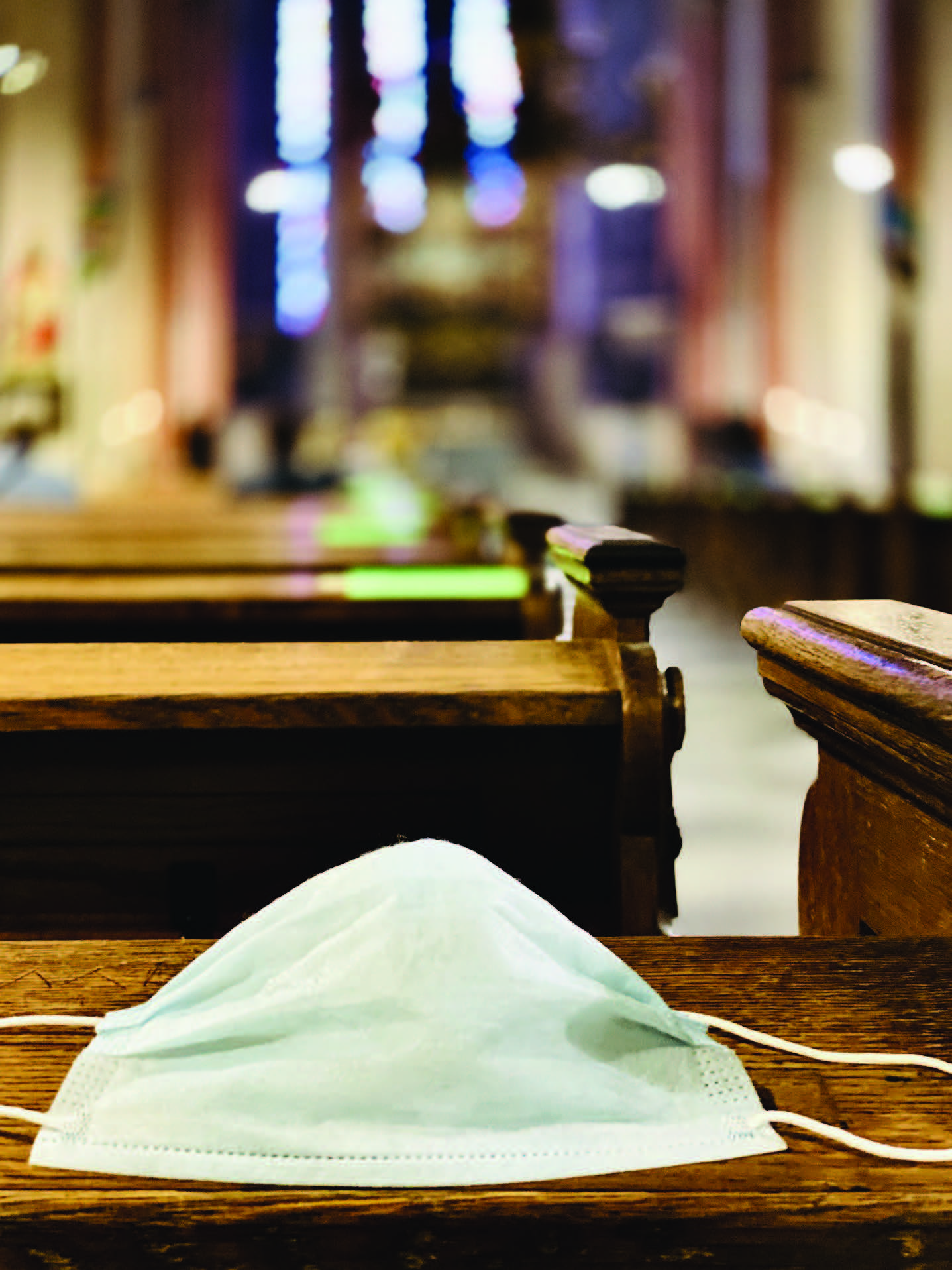

Source: Caniceus, via Pixabay (https://pixabay.com/de/users/ caniceus-15612619/)
Among other trends, the post-pandemic future of American churches is likely to include significant growth in convocational ministry, smaller satellite congregations, the continued use of digital church strategies to complement live services, and a new emphasis on healthy churches “adopting” and fostering weaker ones, according to church growth researcher Thom Rainer in a blog post on his website Church Answers (December 21). Rainer’s forecasts on church trends in the near future are largely based on the developments and struggle congregations have faced over the past year of the pandemic. He writes that it will be increasingly common for churches to have fewer full-time staff because of financial strains, with a growing number of positions becoming co-vocational. Secondly, a “new manifestation of the multi-site movement will be multi-site campuses with 50 or fewer congregants. The early adopter churches, estimated to be around 5,000, will define this movement and become the models for future micro-churches.” As for online and live services, some leaders will likely advocate a “digital-first” strategy while some insist on an “in-person first” approach. And Rainer adds that, although “we are not seeing a decline in the numbers of churches on the precipice of closing, we are seeing a major trend develop as more of these very sick churches get adopted by healthier churches.”
He projects that “church fostering,” where a healthier church helps a less healthy one for a certain period of time (usually less than a year), will become more prevalent. “We anticipate 30,000 churches (meaning 15,000 foster churches and 15,000 fostering churches) will enter into this relationship in 2021.” As for post-pandemic church attendance and denominational figures and rates, Rainer estimates that average worship attendance will be down 20 to 30 percent from pre-pandemic levels. Yet he is finding quicker recovery among smaller churches, suggesting that churches over 250 in attendance (pre-pandemic) will have the greatest challenge in recovering. Because of these large-church struggles, he writes that the “new definition of a large church will be 250 and more in average worship attendance. These ‘new’ large churches will be in the top ten percent of all churches in North America.” Before the pandemic, by contrast, a church would need an average worship attendance of 400 to be in the top 10 percent. Rainer also forecasts that denominations will begin their steepest declines in 2021. In comparison to non-denominational congregations, denominational churches have long faced decreasing membership and average worship attendance, so they will begin at a greater rate of decline. There will also be fewer new churches in the denominations, with a combination of church closures and church withdrawals from denominations being greater than previous years. As other observers have forecasted, giving rates will also be down, declining 20 to 30 percent.
(Church Answers, https://churchanswers.com/blog/twelve-major-trends-for-churches-in-2021/)